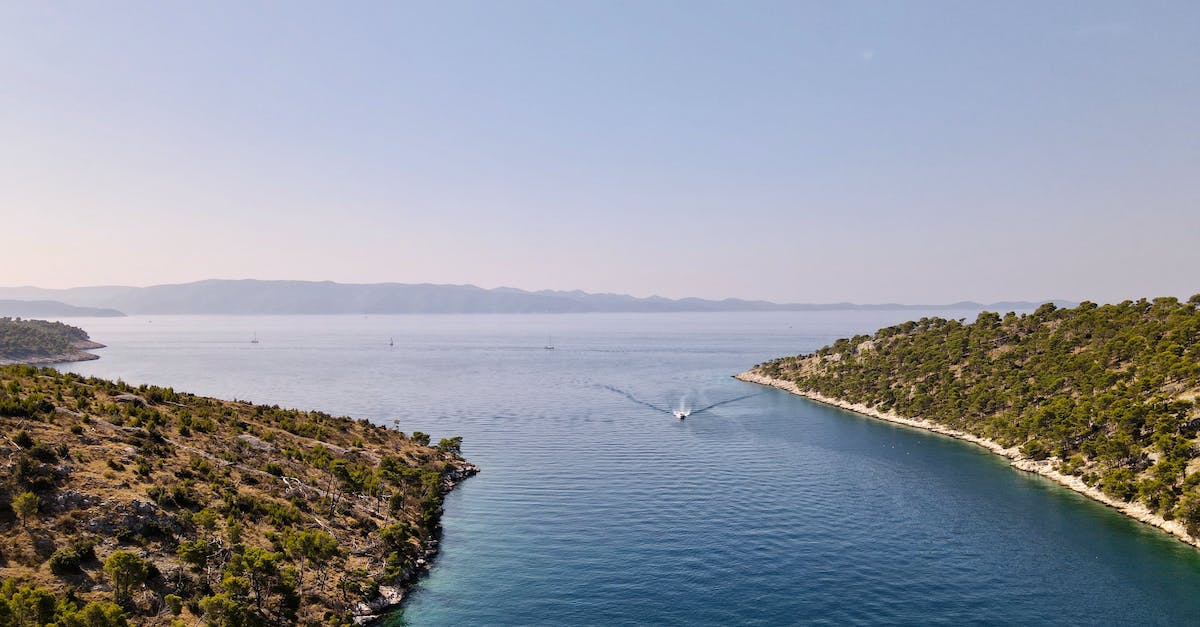How fast can one expect to travel in an ocean-going sailboat?

Assuming two different trips - one with a current and one without, what is a reasonable speed to assume for a journey?
First - Norfolk, VA to Bermuda to the Azores to Liverpool
Second - Liverpool to the Azores to Bermuda to Norfolk, VA. (funny how I did that, no?)
I'm trying to get an understanding of how fast a regular sailboat, not using power, traverses a wide body of ocean, both with and against a current. A rough order of magnitude for a lesiurely rate of speed is what I'm after here.
As far as size goes, consider a private craft, again, under sail, not engine, maybe 30' - 40'. The idea would be a boat two people could crew and afford :). Feel free to make other assumptions- the idea is to understand if I'm talking days, weeks, or months.
Best Answer
I am assuming you don't have much experience at sea by the question. First of all, be careful. I strongly suggest you read @TimLymington before mine.
The duration of a crossing depends of your boat and luck with the weather. You can be lucky and get a nice 20 Knots wind, or unlucky having 0 Knots or worse 30 knots or above. You should check the dominant wind and direction on the route you want and their average speed on the time of year you're going to travel. Considering those, your sail boat efficiency and the most likely point of sail you're going to use (don't forget you will be making more miles if sailing against the wind), give all these some safety margins, and you can make a more accurate estimation.
As a very, very, very weak rule of thumb you can use 4-5 Knots (4-5 nautical miles per hour) for the calculation. This is a reasonable speed for a sailing cruise boat. I've seen boats perform better, but with highers risk (full sails, with fast winds) and a lot slower up to negative speeds (speed relative to ground) when you get no wind and you sail against a stream. PLEASE DO THINGS PROPERLY. This value is only nice to use if you're sitting on a bar with friends drinking beer or rum :) and talking about sea sailing.
Some additional advice:
Prepare yourself. Prepare yourself. Prepare yourself. That's the best advice I can give.
Get all the experience you can on sea sailing before departure. Prepare yourself! Did I say this before?
Take extra supplies and gas. The logical would be to take gas to make 50% of the trip on engine. If you did less than half way and you have an emergency you return. If you did more than 50% you move to the destination. The sea is very unpredictable though and you may end spending more for unforeseen reason. I did this type of travel taking at least enough gas to make 60%~75% trip on engine. In any case it's your call.
Take supplies that will last at least twice the amount of time you calculated for the trip. If you're not at half way and you loose sails, you can always return on engine (remember that engines can also fail). Choose the supplies wisely. It's nice to take fresh fruit and vegetables, but those won't last long. Take dehydrated, canned, etc. food.
2 persons is a small crew. There are no stops between Liverpool and Azores. It means a lot of time steering and not much sleep.
Be careful if you don't have sea experience. Things can change very quickly. Check weather reports before departure, make sure you take charts and and proper instruments, a GPS for easy routing and another GPS for redundancy. I strongly advise the use of AIS.
- You will need a radio on board. Get well acquainted with it. It can be your best friend. You can always check the weather with big ships. They have better technology and contact to land. They usually answer. There are also a couple of land amateur radio stations that can give you information on the Atlantic. This is a pure voluntary work. Get information about them and their availability.
Additional resources:
- Wind forecasts and weather in general: http://passageweather.com/
Above all enjoy its very nice to spend time on high sea :)
Pictures about "How fast can one expect to travel in an ocean-going sailboat?"



How long does it take to take a boat across the ocean?
Sailing across the Atlantic takes about 3-4 weeks but you can cut it down to two weeks if you get lucky, take shortcuts, and your sailboat is fast. If you're without proper wind for a week or more, it can take you up to a month.How fast can a sailing ship travel in a day?
The average mid-sized sailboat (32' - 48') cruises at roughly 6 knots. The average large yachts (over 50') cruises at about 7.5 knots.How far can a sailboat travel in one day?
If you ask how many nautical miles can you sail in a day, you should know that on average, sailboats can sail up to 100NM (that is 115 miles or 185km) in one day when they run downwind. If you use the engine, the distance can increase to 130NM if you travel longer.How fast can a 30 ft sailboat go?
Catamaran vs. Monohull SpeedsBoat Waterline LengthMonohull Speed20 ft5.9 knots (6.8 mph)25 ft6.7 knots (7.7 mph)30 ft7.3 knots (8.4 mph)35 ft7.9 knots (9.1 mph)4 more rowsWhat is the best sailboat to sail around the world? - Sailing Ep196
More answers regarding how fast can one expect to travel in an ocean-going sailboat?
Answer 2
It might actually be dangerous to answer this question. It sounds innocuous, like "How long would it take me to drive from New York to San Francisco?", but any answer to that question can assume that the driver knows how to cross mountain ranges and deserts safely, and that if the car breaks down it can be fixed by a mechanic. Telling somebody who doesn't yet have a driving licence "it'll take a week or three" is not mistaken, but I would consider it irresponsible.
Until you've done enough sailing to know how badly storms and headwinds can affect a passage, and studied navigation enough to understand weather routeing and hurricane avoidance (none of which is actually very difficult), it's not possible to put the answers you get here into context; a non-sailor may not understand how a passage simple at one time of year may be literally impossible at another. (Napoleon famously believed that a general or admiral who said a plan was impossible should be replaced by one who would do it; it sometimes worked on land, but not at sea.)
Please believe me that I am neither being rude nor trying to stop you planning the trip. I hope you do make it, having put study, practice and planning together, rather than trying to do them in sequence. Every year a few people try to cross the Atlantic in a boat they've just bought without experience; the vast majority fail, and quite a few have to be rescued, putting others certainly to inconvenience and expense and possibly at risk.
Answer 3
When I sailed the Atlantic in 1980 on a 30' catamaran (a fairly fast sailing boat), it took me 22 days from Gomerra to Barbados (2800 nautical miles). We averaged something like 122 nautical miles per day, if I remember correctly. We were just 2 crew and did not try to go too fast - we were interested in making it in one piece, an approach I recommend. Nonetheless, that was continuous sailing, 24 hours per day. It's a long way. It's very empty out there. In 3 weeks we saw one ship, and two whales. We were fortunate and did not encounter storms. Much care and planning was involved. It's important to have enough food and water - there are not too many shops. Ditto spares. But go for it. Do some sailing first - as much as you can - but don't let anyone put you off. It was a highlight of my life (I eventually spent 2 years sailing).
Answer 4
Sailboats have specific routes (Jimmy Cornell wrote an entire book about them: "World Cruising Routes"), they are sailing to areas which have tailwind for the direction they want to go. If you want to cross the Atlantic you are sailing to the equator trades, in the other direction you go up to the US coast and use the prevailing west wind. So your distance is not given by the shortest line, but by the length of the sailboat route.
A distribution map of the used routes can be found here. I do not include a graphic link due to copyright.
While tacking (running against the wind) is theoretically possible, noone does it because it is physically and psychically exhausting on long routes.
At all, a sailboat has, as nsn already mentioned, a speed of 4-5 knots which is equivalent to 9 km/h or 5 mph. That does not sound much, but a sailboat runs with this speed 24 hours a day, giving an impressive so-called day's run (daily distance) of approximately 100 nautical miles which is 185 km or 115 miles. This is the thumb rule you need to know.
Sources: Stack Exchange - This article follows the attribution requirements of Stack Exchange and is licensed under CC BY-SA 3.0.
Images: Andrea Piacquadio, sergio souza, Ollie Craig, Roman Pohorecki
